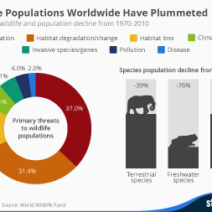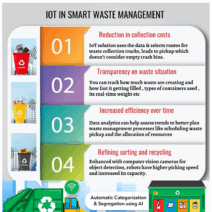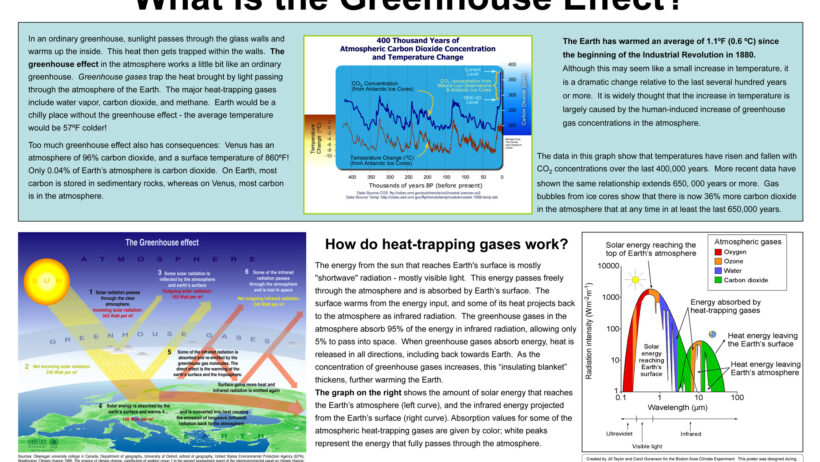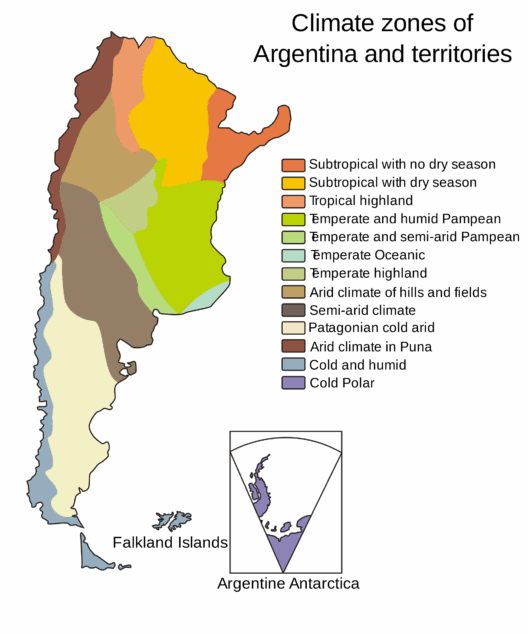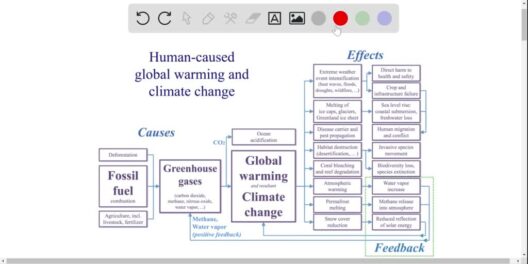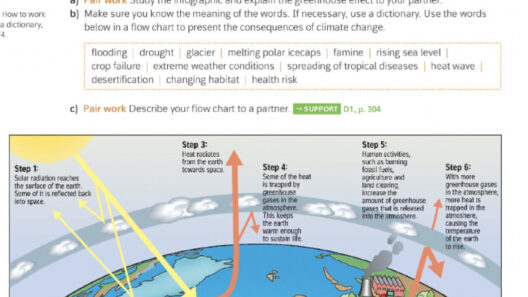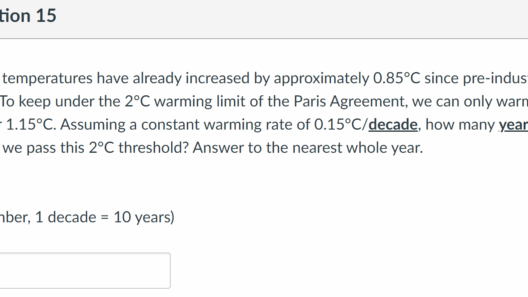Greenhouse gases have become a prominent topic in recent discussions surrounding climate change. Their impact on global warming is not merely a scientific curiosity but a pressing reality that elicits concern across the globe. This phenomenon, observable yet mystifying, warrants a dissection of its underlying mechanisms and implications. Understanding how these gases function is critical for addressing the broader environmental crisis that continues to unfold.
At its core, the principle of the greenhouse effect is deceptively simple. Solar radiation illuminates the Earth, warming the surface. In a natural balance, this heat radiates back into space. However, greenhouse gases such as carbon dioxide (CO2), methane (CH4), and nitrous oxide (N2O) trap a portion of this heat, creating an insulating layer in the atmosphere. This effect, akin to a cozy blanket, is essential for maintaining life as we know it, but the current trajectory shows an alarming enhancement of this insulation, leading to catastrophic warming.
The fascination with greenhouse gases extends beyond their scientific properties; it delves deep into the fabric of our civilization’s practices and policies. As we explore this intricate web, we uncover layers of economy, lifestyle, and environmental stewardship that are interwoven with the emissions we produce.
Understanding the sources of greenhouse gas emissions provides a comprehensive backdrop. Human activities are largely responsible for the significant increases in these gases since the Industrial Revolution. Fossil fuel combustion for energy production, vehicular emissions, deforestation, and industrial processes are major contributors. For example, every gallon of gasoline consumed releases approximately 19.6 pounds of CO2 into the atmosphere. This interplay of human endeavor and environmental consequence reveals a complex relationship: our quest for progress often comes at a dire cost to planetary health.
Inextricably linked to economic development, the rise in greenhouse gas concentrations signals a shift in our environmental equilibrium. The growth of industries designed to meet the demands of an ever-increasing population has unwittingly exacerbated the greenhouse effect. As urbanization expands, and as the demand for energy, transportation, and food escalates, carbon emissions soar. The impact of agriculture, particularly through livestock production, is profound, resulting in significant methane emissions. A single cow can produce as much as 100 to 200 gallons of methane per day during digestion—a fact that sheds light on agricultural practices that may require a reevaluation.
The climatic ramifications of greenhouse gas accumulation are alarming. Increased surface temperatures result in a cascade of environmental shifts. Glacial melting, shifts in weather patterns, and intensified storms exemplify this chain reaction. The ramifications are not confined to physical changes; they permeate socio-economic structures, threatening food security, water resources, and public health. The increasing likelihood of extreme weather events highlights our precarious existence and raises critical questions about resilience and preparedness.
A compelling aspect of greenhouse gases is their longevity in the atmosphere. CO2, for instance, can linger for centuries. This persistence underscores the urgent need for not only curtailing current emissions but also implementing strategies for carbon sequestration. Capturing and storing CO2 emitted from power plants and industrial sources can mitigate some of the long-term impacts of previous emissions. Likewise, reforestation and adoption of farming techniques that enhance soil carbon storage can play a significant role in ameliorating atmospheric CO2 levels.
Transitioning to renewable energy sources is pivotal in reducing greenhouse gas emissions. The potential of solar, wind, and hydroelectric power offers a glimmer of hope. Transitioning from fossil fuels to cleaner energy not only reduces emissions but also fosters sustainable economic development. Governments and communities globally are realizing that investment in green energy technologies is not just an environmental imperative but also a pathway to economic resilience, job creation, and energy independence.
The role of policy and international agreements cannot be understated. The Paris Agreement, a landmark accord forged in 2015, exemplifies a collective endeavor to combat climate change. Countries set nationally determined contributions (NDCs) to limit global warming and showcase commitment to reducing emissions. However, effective implementation remains a challenge. Political will, coupled with public awareness and grassroots movements, is essential for ensuring that these agreements translate into tangible action.
Moreover, individual actions carry significance. While systemic change is critical, personal responsibility in reducing one’s carbon footprint can inspire wider societal shifts. Adoption of sustainable practices such as reducing energy consumption, embracing public transportation, and minimizing waste can collectively steer society toward a greener future. Education plays a crucial role in fostering this engagement; awareness and understanding of greenhouse gases can galvanize collective action.
In conclusion, understanding how greenhouse gases drive global warming encapsulates a rich tapestry of scientific, societal, and economic dimensions. The deeper fascination lies not just in the gases themselves but in how we respond to their presence and implications. The complexity of this issue mandates a multifaceted approach—one that intertwines policy innovation, technological advancements, and grassroots initiatives. As we navigate this intricate landscape, we must remain cognizant of our interconnectedness—between humanity and nature, between progress and responsibility. Addressing greenhouse emissions is not merely an environmental task; it is fundamental to the survival of future generations and the preservation of our planet.
